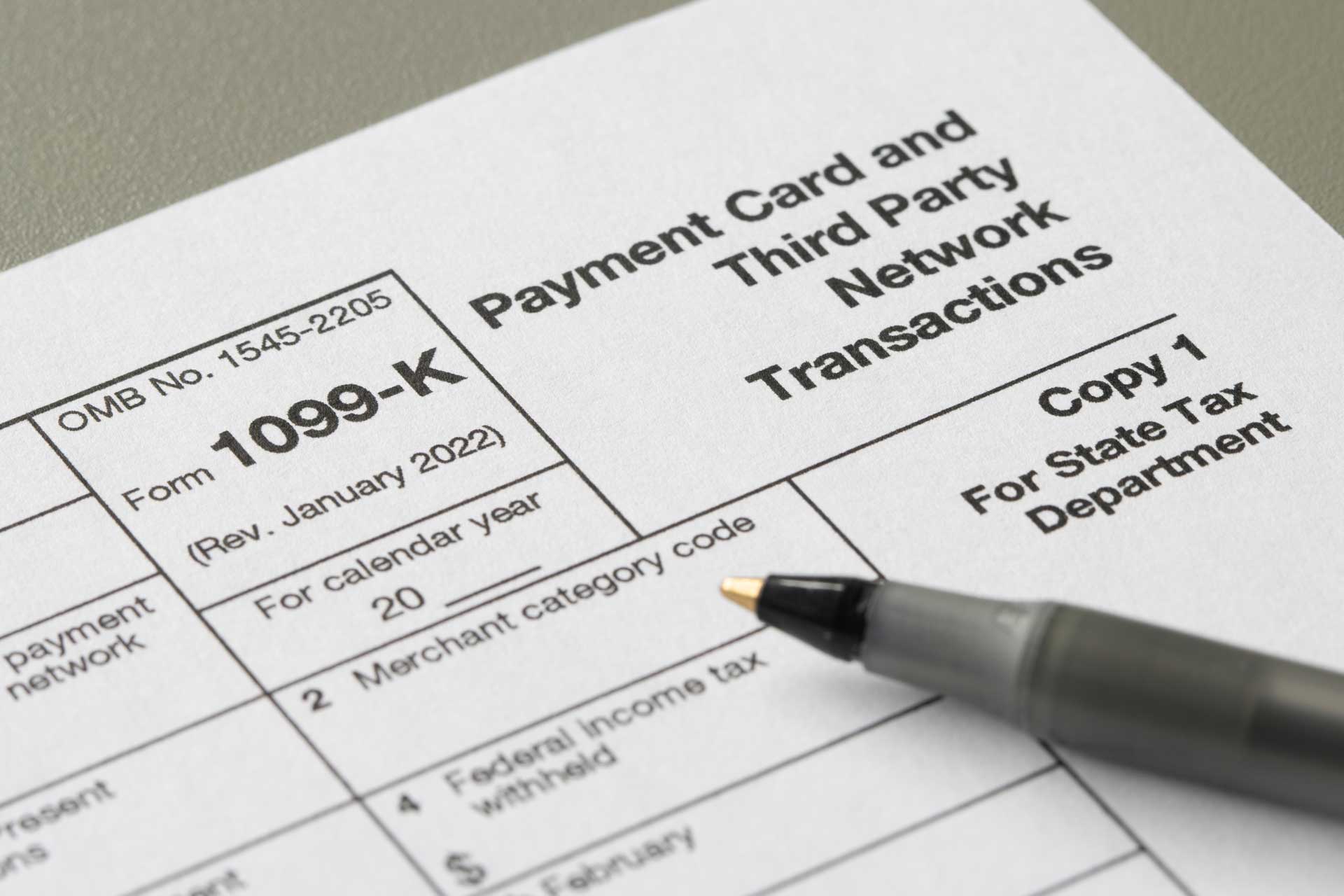Welcome to 2023 and the annual budget planning season. In addition to a myriad of factors that may play into budget discussions – from inflation and staff shortages to COVID, learning losses, mental health, and more – you may want to be prepared to speak about what’s going on with public school enrollment nationally, regionally, statewide, and in your district.
As reported in The New York Times, “School funding is tied directly to enrollment numbers in most states, and while federal pandemic aid has buffered school budgets so far, the Biden administration has made it clear that the relief is finite. Some districts are already bracing for budget shortfalls.”
It all starts with the biggest picture – U.S. population growth. On December 22, the U.S. Census Bureau provided an update. After 2020-2021 showed historically low population growth in the U.S., 2022 started to show a rebound with .4% population growth due largely to international immigration (more people moving to the U.S. than leaving) and natural causes (more births than deaths).
However, the Northeast region of the country experienced a decline, largely due to negative net domestic migration (more people moving out of the region than into it). New York state showed the biggest decline in the country. While New York was one of 26 states with the highest natural increase (about 35,000 more births than deaths), it wasn’t enough to offset the huge losses due to net domestic migration (almost 300,000 more people moving out of the state than into it).
New York’s declining population is impacting the state’s public school enrollment. As reported by the Office of the New York State Comptroller, “Statewide, public school enrollment fell by a full 3 percent in the 2020-21 school year and a further 2 percent in the 2021-22 school year. This is significant, as student enrollment is a key factor in determining how much education aid districts receive from the State.”
The New York Empire Center reinforces these findings and reports a decline of over 5% since 2020 (it also has maps where you can see 2021 to 2022 enrollment numbers and percent change by district, county, and more).
New York is not alone. According to Return2LearnTracker.net, between Spring of 2020 and 2022, U.S. public school enrollment shrunk by nearly 1.3 million students. Five states saw net gains from 2020 to 2022, while 19 experienced a 3% decline or more. In terms of demographics, it appears the youngest students – a.k.a. kindergarten – experienced the largest decrease. (Remember, however, these youngsters were also among the last approved to receive COVID vaccines.)
No doubt, COVID impacted these numbers and resulted in more students being homeschooled, as well as increases in private and parochial school enrollments. (That doesn’t even get into the number of students who relocated to other parts of the country thanks to new flexibilities afforded to families via the option to work remotely.) However, New York’s declining public school enrollment started long before COVID.
According to the National Center for Education Statistics, from 2006 to 2011, New York State enrollment in public elementary and secondary schools dropped by 3.7% and the downward slide continued between 2011 and 2023 with another decrease of 1.9%.
What about the future? As reported by districtadministration.com, “Enrollment is projected to fall further, by about 4%, through 2030 as the school-aged population is expected to keep shrinking. Whereas half of U.S. states actually saw increases from 2009 to 2020, the future declines will be far more widespread, the analysis found. Enrollment in pre-K through grade 8 is projected to decrease by 5% with high school enrollment falling by 2%.” It’s projected New York will be the 10th state for largest declines at 8%. (Learn more in the National Center for Education Statistics 2022 Report on the Condition of Education.)
However, not all New York public school districts are in the same situation. As reported by SiLive.com, “The state Board of Regents outlined its budget and legislative priorities, which include proposals like universal pre-K, universal access to Career and Technical Education (CTE), expanding opportunities for services and programs, supporting districts with rapid enrollment growth, and expanding access to school meals.”
If enrollment change is a growing concern in your district, you may want to consider conducting a demographic study and forecast to help inform your budget process and community stakeholders. While that’s outside RBT CPAs’ wheelhouse, our experts are available to help your district with accounting, taxes, audits, and more. To learn what RBT CPAs – a leading accounting firm in the Hudson Valley for over 50 years – can do for you, give us a call.



